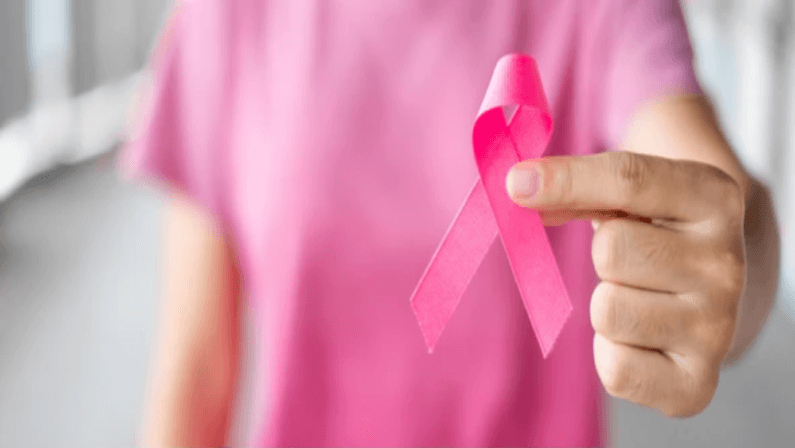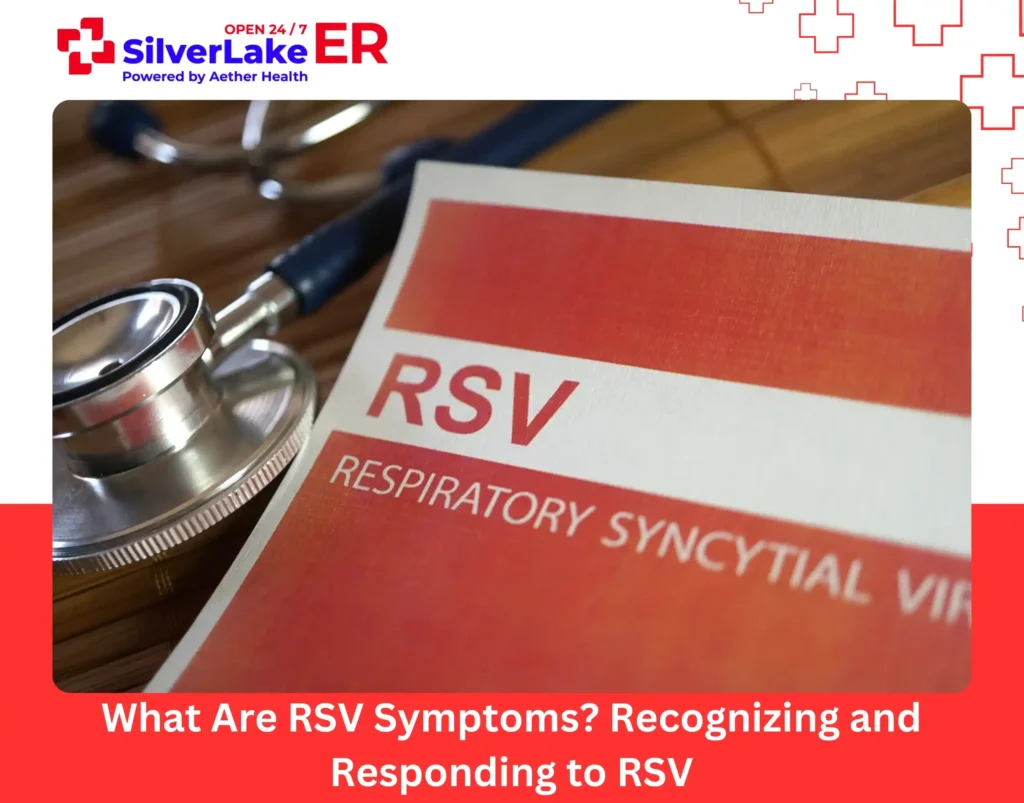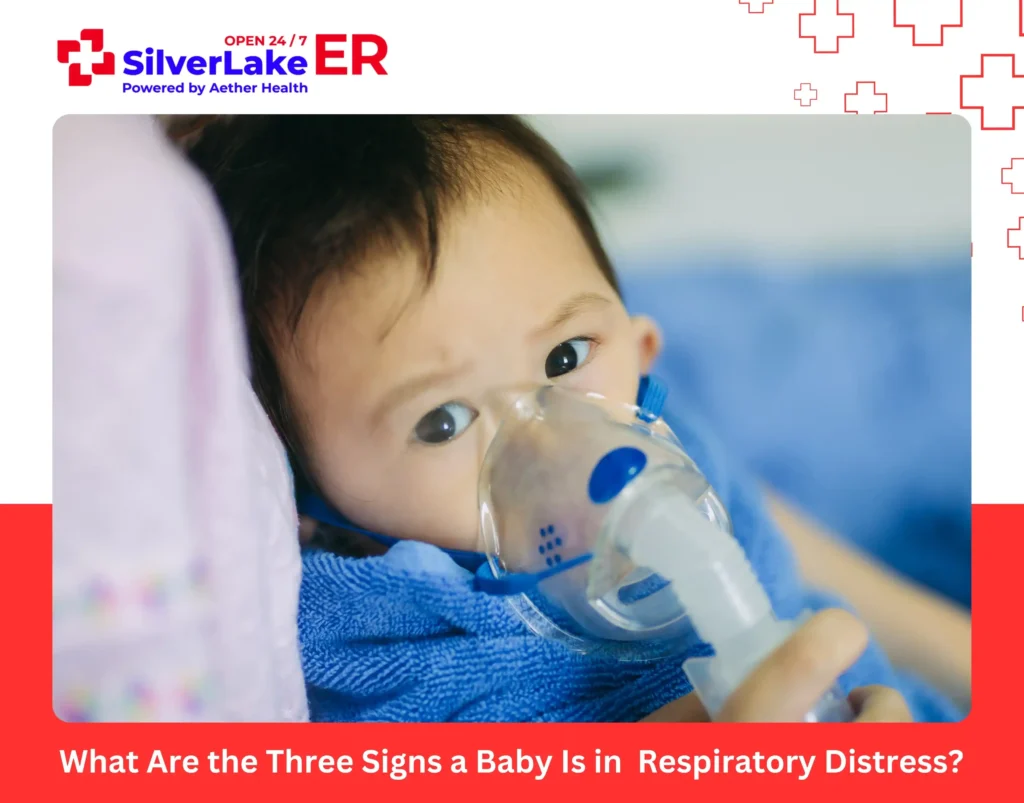Breast cancer is among the most common cancers that hit women in the United States.
As of January 2022, over 3.8 million women with breast cancer in the U.S. Statistics also reveal that 1 in 8 women, or about 13%, will develop breast cancer during their lifetime.
While breast cancer seems to be predominant, the risks of the disease are preventable if there is immediate treatment even before the cancer progresses.
Early diagnosis is the most effective way to decrease the danger of getting breast cancer.
Read more about its prevention, diagnosis, and treatment and how you can reduce your risk.
What is breast cancer?
Breast cancer is associated with the uncontrolled growth of breast cells, resulting in a mass of tissue or malignant tumor.
This tumor starts to grow in the milk-producing glands surrounding your breast, commonly known as lobules.
As time goes by, the cancer cells invade other healthy tissues around your breast and go into the lymph nodes of your underarm.
Once they attack your lymph nodes, it serves as a gateway to different body parts where it forms new tumors.
Who gets breast cancer?

Breast cancer occurs among women who are 50 years old and up. However, although these are the most common breast cancer risk factors, not all women will develop the disease.
Additionally, breast cancer also appears in women, even without risk factors. It is best to get tested as soon as you reach 50 years old for early breast cancer diagnosis and treatment.
Our team at Aether Health – SilverLake ER in Pearland, Texas, is ready to assist you with consultation, diagnosis, and treatment.
We have an in-house, state-of-the-art diagnostics and laboratory facility that can confirm your condition without waiting long hours. Contact us today to book an appointment.
What are the types of breast cancer?
Breast cancer covers a myriad of categories with different treatment options.
Infiltrating (invasive) ductal carcinoma
The most common breast cancer begins in your milk ducts, escapes through its walls, and spreads around your breast tissue. This cancer covers over 80 percent of all breast cancer cases in the U.S.
Ductal carcinoma in situ
A precancerous disease where cells are yet to spread on your milk ducts. Considered Stage 0 breast cancer, ductal carcinoma in situ is treatable.
You need to get immediate treatment to prevent cancer from spreading.
Infiltrating (invasive) lobular carcinoma
Formed in the lobules of your breast, or the area of breast milk production, cancer spreads in the surrounding tissue. Over 10-15 percent of breast cancer fall under this type.
Lobular carcinoma in situ
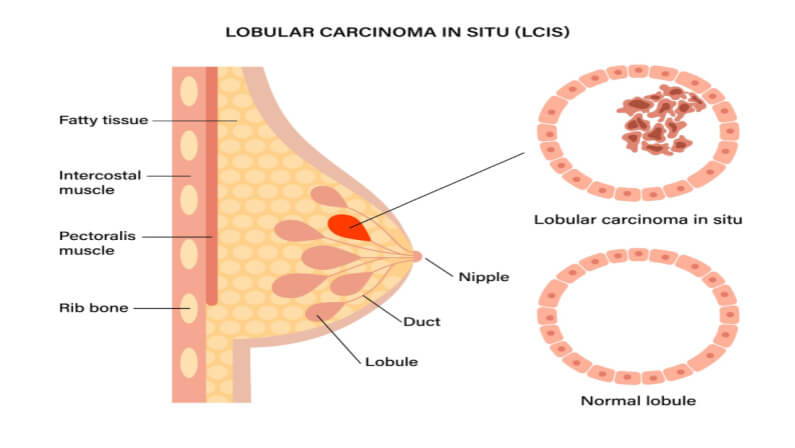
A precancerous condition, lobular carcinoma in situ refers to abnormal cells in the lobules. Although it is still not considered cancer, it is already a potential disease.
Women diagnosed with this condition need regular breast exams and mammograms to manage and prevent the spread of abnormal cells.
Triple-negative breast cancer
One of the most challenging types, this condition is hard to diagnose as it contains markers associated with other breast cancer types, including estrogen, progesterone, and human epidermal growth factor receptor.
Inflammatory breast cancer
This condition is a rare breast cancer linked to obstructive cancer cells in the lymph vessels.
Although rare, inflammatory breast cancer tends to be aggressive. It has visible symptoms such as inflamed breasts, swelling, and redness of the breast’s skin.
Paget’s disease of the breast
Paget’s disease is a disease of the nipple. It affects the skin of your areola and nipple and shows eczema-like symptoms.
Moreover, it forms abnormal cells in the tissue behind the nipple.
What causes breast cancer
Breast cancer forms when abnormal cells begin to spread around your breast and into your other body parts.
While no specific studies reveal why these cells form, experts have seen common risk factors present among people with breast cancer.
The following are what causes breast cancer:
- Sex. Women dominantly develop breast cancer more than men.
- Age. You are more at risk once you reach 50 years and up.
- Family history. If you have a family member with breast cancer, you have a 5-10% chance of developing the disease.
- Unhealthy lifestyle. Smoking, alcohol use, and being obese and overweight add to the risk factors for breast cancer.
- Radiation exposure. Radiation for the head, neck, and chest increases the likelihood of breast cancer.
- Hormone replacement therapy. People undergoing treatment for hormones are potentially at risk.
If you have any risk factors, talk to your physician to guide you with the next steps. Aether Health – SilverLake ER has medical doctors who can assist you with diagnosis and treatment. Call us to learn more about our services for breast cancer.
Breast cancer symptoms
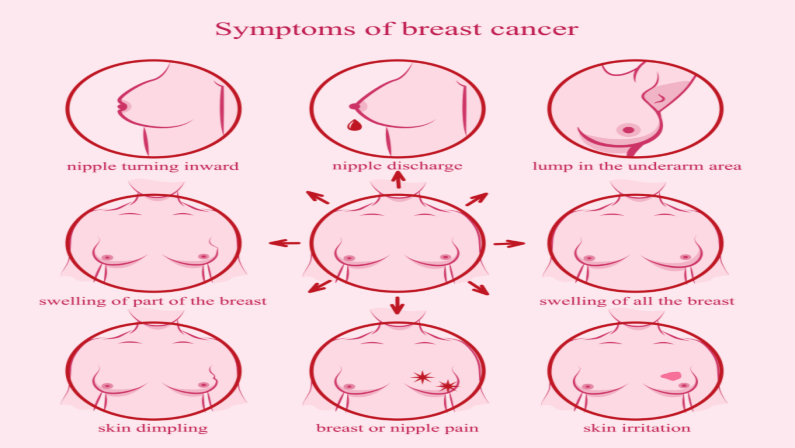
The most common symptom of breast cancer is the formation of a lump around your breast area or on your armpit.
Aside from this, there are also other warning signs you need to watch out for. Other breast cancer symptoms include:
- Prolonged pain in the breast area or armpit
- Roughness or dimpling of the breast’s skin
- Skin redness
- Blood discharge from the nipple
- Sunken nipple
- Rashes around the nipple
- Change in breast size and shape
- Eczema-like symptoms in the breast, such as scaling and flaking
Once you observe any warning signs, go directly to Aether Health – SilverLake ER in Pearland, Texas. Our emergency doctors can conduct an initial assessment and recommend the proper laboratory tests for you.
Results of your lab tests are released in less than an hour so our physicians can look into the diagnosis immediately and advise necessary treatment. Call us at Aether Health – SilverLake ER today to book a consultation.
Breast cancer diagnosis
Once you consult with your doctor, you will undergo an initial assessment that includes a breast examination and a study of your medical history and existing symptoms.
Your health provider must also ask about your family’s medical history.
If you are found to have initial symptoms, your physician will recommend the following tests for confirmation:
- Mammogram. A procedure involving X-ray images that detects abnormal growths in your breast.
- Ultrasonography. A procedure that generates images using sound waves. It also allows the diagnosis of abnormalities and tumors in the area.
- Positron emission tomography (PET) scanning. A method that uses special dyes to highlight abnormal areas in the breast and capture images with a scanner.
- Magnetic resonance imaging (MRI). A process that uses radio waves to get clear images of your breast’s structure.
Once your physician sees a breast tissue problem, a biopsy will be recommended for further investigation and confirmation.
What are the breast cancer stages?
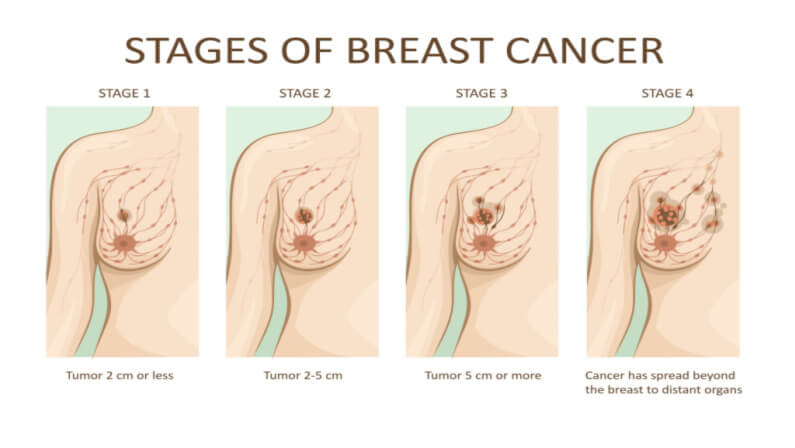
Upon confirmation of the condition, your physician will also find out the stage of your breast cancer. It depends on the lump’s size and the area where the tumor has already spread.
The stages of breast cancer start from 0 to 4, and each has its subcategories:
- Stage 0. Called ductal carcinoma in situ, cancer cells during this stage are still in the milk ducts and have not yet invaded other tissues.
- Stage 1. The tumor or lump already measures 2 centimeters across and has not yet reached the lymph nodes. In some cases, tumors may appear in lymph nodes, but they are still in small groups.
- Stage 2. The tumor is 2 cm in size and is already spreading to the lymph nodes. Likewise, it is also considered Stage 2 if the cancer is size 2-5 cm across but has not yet reached the lymph nodes.
- Stage 3. The tumor is 5 cm across in size and has reached several lymph nodes.
- Stage 4. The cancer cells have reached other organs in distant body parts, including the lungs, brain, bones, and liver.
Breast cancer risk factors
Several risk factors are linked to breast cancer. Knowing these factors helps in the early detection of the disease.
Age
Breast cancer is common among people aged 50 and up. However, there are also chances of getting breast cancer, as studies show that 20-year-olds may develop the disease at 0.06% in the next ten years.
Genetics
Specific mutations can threaten breast cancer and other types of cancers. You can get this from family members who have already developed the disease.
History of breast cancer or breast lumps
There is still a probability that you will develop breast cancer if you have a history of breast cancer or a tumor that was already treated.
Noncancerous lumps may still develop into malignant tumors later on.
Dense breast tissue
Having dense breast tissue poses a higher threat to breast cancer. Talk to your doctor to know the health of your breast tissue.
Estrogen exposure and breastfeeding
Estrogen exposure is associated with late menopause, where estrogen levels are high.
Additionally, breastfeeding for more than one year reduces the risk of breast cancer due to the enormous drop in estrogen levels.
Body weight
Post-menopausal obesity increases the risk of breast cancer due to high estrogen levels.
Alcohol consumption
Excessive alcohol consumption can increase the possibility of breast cancer.
Radiation exposure
Radiation therapy for different cancer types can contribute to breast cancer development later in life.
Hormone treatments
Hormonal therapy, such as estrogen-progesterone therapy and the use of contraceptives, are linked to breast cancer.
Race
Black women are 40% most likely to develop breast cancer than white women. Specifically, they are more susceptible to more aggressive breast cancers.
Cosmetic implants and breast cancer survival
Women who underwent silicone breast implants and cosmetic breast augmentation do not closely relate to breast cancer development.
However, women already diagnosed with the condition after undergoing breast implants are more likely to die from the disease. It is vital to note that the analysis does not include other factors such as age, cancer stage, and medical history.
Breast cancer treatments
Breast cancer treatment depends on the stage. Early stages are highly treatable, while cases in the late stages may be quite a challenge. The result of the treatment varies on how the body reacts and how it can endure the process.
Breast cancer surgery
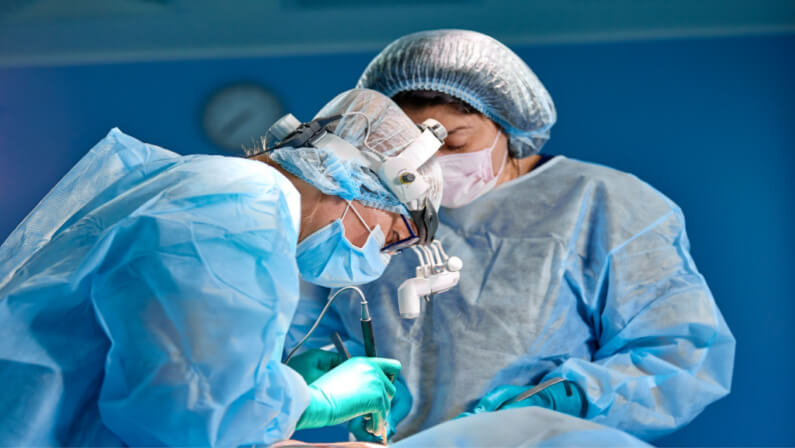
Surgery is conducted to remove lumps in the breast and other affected lymph nodes.
- Lumpectomy: Removal of the tumor and its surrounding healthy tissues.
- Mastectomy: Removal of the breast’s lobules, ducts, nipple, areola, and fatty tissue. Some cases may also require the removal of lymph nodes and muscles.
- Sentinel node biopsy: Sentinel lymph nodes are the first nodes to which cancer can spread. Removing these are crucial to stop the spread of cancer to other parts of the body.
- Axillary lymph node dissection. Aside from removing sentinel nodes, several lymph nodes, including the axillary lymph node, may also be removed to prevent the spread of cancer.
- Reconstruction. A surgery restructures the breast to make it more natural after a mastectomy. Breast implants or other tissues in the body may be used. It is done to alleviate the mental and emotional effects of the procedure.
Chemotherapy for breast cancer
Chemotherapy can kill cancer cells or shrink the tumor for easier removal.
Radiation therapy for breast cancer
A therapy that targets the tumor with controlled radiation, killing cancer cell remnants that were not removed after surgery.
Hormone therapy for breast cancer
Hormone treatment such as tamoxifen reduces the risk of cancer recurrence among women treated for early-stage. It takes at least five to 10 years to ensure that the cancer cells will not return.
Immunotherapy for breast cancer
Medications boost the immune system and help ward off recurring cancer cells.
Targeted drug therapy for breast cancer
A therapy directly targets the proteins in cancer cells is the culprit in cancer’s growth and spread. Medications against this protein aim to kill them to avoid further invasion of other organs.
How to reduce the risk of breast cancer
While you cannot avoid risk factors such as family history and age, you can prevent breast cancer by having a lifestyle change.
Here are the ways how to prevent breast cancer:
Limit alcohol
Excessive alcohol intake proves to be a risk for breast cancer. Women need to reduce their alcohol intake to 1 glass or less per day.
Maintain a healthy weight
Reduce your calorie intake and aim to lose weight. A healthy weight reduces the risk of diabetes, cardiovascular disease, and cancer.
Eat less meat
Red meat, such as lamb, pork, beef, and veal, and processed foods, such as bacon and sausages, contribute to the development of different cancer types. Choose proteins from plant-based food such as beans, nuts, and lentils to achieve a healthier diet.
Eat more fruit, vegetables, and whole grains

A healthy diet consisting of fruits, vegetables, and protein can increase your life span and lower your cancer risk.
Green vegetables such as spinach, kale, and whole grains rich in fiber help alleviate breast cancer risk.
Be physically active
Maintain an active lifestyle by conducting regular exercises at least 150 minutes per week.
Breast-feed
Breastfeeding offers many health benefits not only for your baby but also for yourself. The longer the period of your breastfeeding, the lower the chances of developing breast cancer.
Limit postmenopausal hormone therapy
Cut back on hormone therapy to reduce the risk of breast cancer. You may start by lowering your pills’ dose with your physician’s close supervision.
Don’t Smoke
Smoking is linked to several types of cancers, including breast cancer. Quitting tobacco use helps your overall health and will make your life longer.
Avoid Birth Control Pills, Particularly After Age 35 or If You Smoke
Birth control pills are highly unadvisable for women aged 35 and up, especially if you are also into tobacco smoking.
Aside from the risk of getting breast cancer, it also increases the risk of developing other diseases, such as cardiovascular problems.
Tamoxifen and Raloxifene for Women at High Risk
High-risk women can take these hormonal drugs that stop the growth of cancer cells.
However, these are not for everyone since it also has side effects. The use of these drugs should come directly from your doctor’s advice.
Know your family history
It pays to be aware of your family’s medical history to be able to take precautionary measures for cancer prevention.
Consult our medical experts for breast cancer diagnosis
Breast cancer may seem an overwhelming condition that can affect your day-to-day living.
The good news is that it is detectable. Surviving this debilitating disease is possible if you can diagnose it early on. It is crucial to have a consultation with a medical professional once you identify a warning sign.
Aether Health – SilverLake ER is here to help you reduce the risk of breast cancer by providing your state-of-the-art laboratory and diagnostic facilities that can accurately detect if you have cancer.
Our board-certified medical professionals are trained in providing medical services for breast cancer diagnosis and treatment.
Call us today or book a consultation with our doctors to get started.

